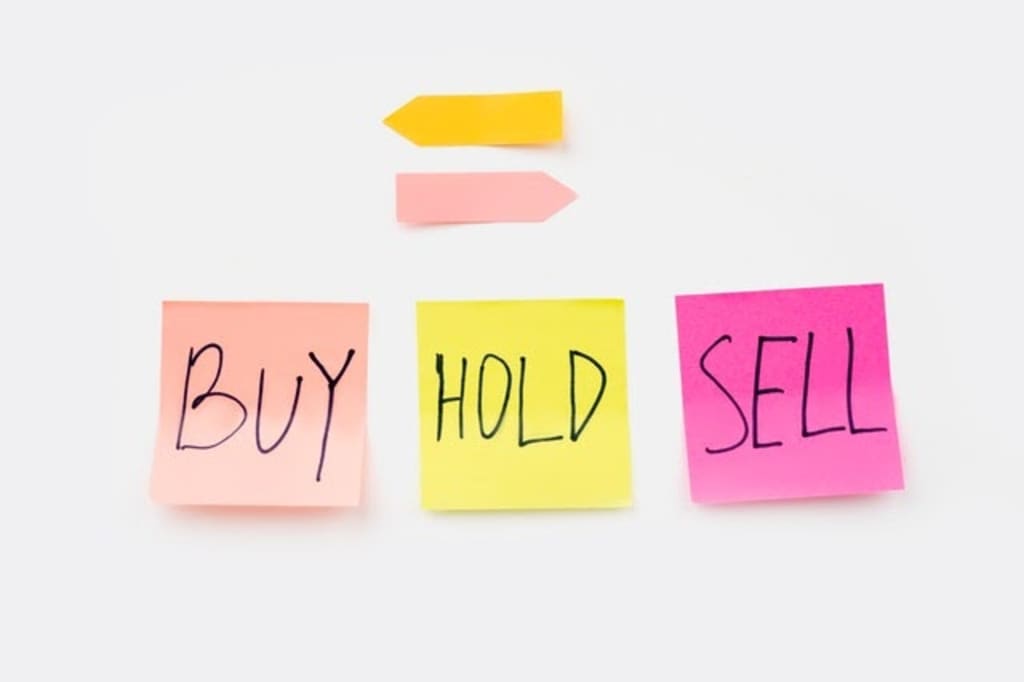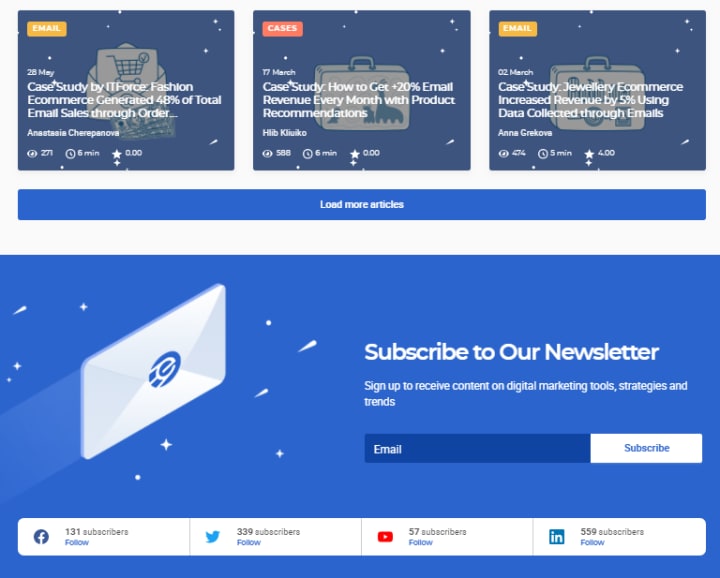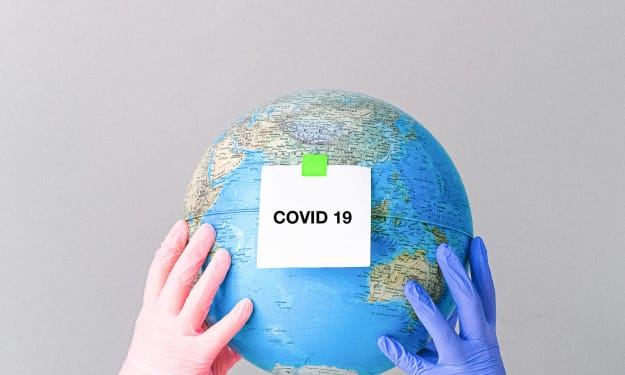How to Create an Email Marketing Strategy
Online shopping has been prevailing in the post-Covid world, and it seems like its role in the retail industry will only get bigger.

Being an important communication channel long before 2021, email marketing has become even more crucial for eCommerce businesses. The reasons for such significance are multiple:
- With emails, you can directly communicate with numerous subscribers and customers;
- For international brands, emails allow cross-border communication with a global audience;
- Email marketing is relatively cheap;
- It’s easy to use and doesn’t require programming skills;
- It can be personalized;
- It allows to promote of products and services, retain customers and build brand awareness;
- Transactional emails allow you to respond to the customer’s action in real-time, delivering a positive shopping experience.
This list isn’t final. However, all these benefits will work for your business provided you set the right email marketing strategy, define achievable goals, analyze performance and make the corresponding modification when needed.
The process may be overwhelming, especially if you’re only getting started with email marketing. That’s why below I’ll enlist the main steps of creating a solid email strategy to give you a direction to move in.
How to Get Started with Email Marketing
Define your target readers
Before getting started with composing emails, decide who will be reading them. It can be college graduates, first-time parents, fitness enthusiasts, foodies or marketing specialists. Your audience will determine the language of your emails and the content you’ll pack them with.
College graduates will most likely want info on internship positions and tips on how to start a career. Parents will want discounts on kids' products and advice on what summer camp to choose. Marketing specialists will be interested in case studies and updates on business strategies. All of them will require a different communication approach, language pattern and complementary visuals.
If you fail to build your customer’s portrait, do comparative research. Subscribe to your competitors and see what they send and how often. You don’t have to mimic their style; your task is to observe their content strategies and compare them to your own goals and priorities.
If you’ve been sending emails for a while but can’t figure out whether your audience likes them, ask them directly. Send a short email survey asking whether people like what they’re seeing now, what content they would like to receive and what content is totally irrelevant. But don’t ask for the sake of asking. Revise your email strategy so that it meets the customers’ expectations; otherwise, you’ll soon notice a drop in opens and clicks.

Define your goals and select tools
Marketers like email for its versatility. Emails can be long or short, plain-text or packed with visuals, mass or transactional, personal or promotional. They can serve multiple purposes depending on the product and service you’re selling:
Promote company’s products;
Send interesting and engaging content to prompt new users to explore the brand;
Spread the word about corporate events;
Engage customers in trendy conversations;
Send important details on completed purchases and other transactions;
Notify on policy updates or changes in the terms of use, etc.
Depending on the tasks you set for your emails, you’ll have to build the relevant email strategy and do some extra preparations.
If you plan to send weekly newsletters, you need content to include. It can be blog articles, YouTube videos, collaborative projects, user-generated content, white papers or whatever fits your product, and its supply should be regular.
If you’re sending only transactional emails (welcome, purchase confirmation, subscription confirmation, etc.), you need to prepare corresponding templates and learn how to add real-time customer data.
If you have a big contact base and are going to process huge amounts of personal data, you need to take care of reliable and professional marketing tools (email editor with dynamic data support, email service provider, CRM, tools for reporting).
You also need to determine how you will measure your goal completion and what metrics are important to track.
Build your contact list

Once you’ve decided on who you’re targeting and what content you’ll be sending, start collecting email addresses and growing your subscriber base. The best (and the most reliable) way to do it is to place a subscription form on your website and social media.
Decide what fields are required for filling. As a rule, an email address is enough to add a user to your list (provided they validate it through double confirmation). You can also ask for a name but keep in mind that people may misspell it or put the wrong name on purpose. So if you plan to address by this name in your further campaigns, it’s better to ensure its correctness and validity.
Typically, forms with more than two fields may be too much filling for some users. Consider asking for the additional info later or provide the preferred management option. If your type of service requires extra info (for example, location for delivery services, hotels or HoReCa), make such fields optional and explain with help text for the placeholder why you need this information.
If you collect email addresses offline (at live events), make sure you validate them afterward. Send potential subscribers a confirmation email asking whether they agree to receive promo campaigns from you or scan the whole list with one of the email validation tools.
Create a sending schedule
Once you’ve collected enough subscribers to start your email marketing, set a sending frequency. A sending frequency or sending volume refers to the number of messages you’re sending to a certain contact group within a certain time period.
It’s not recommended to send to the whole base at once when you’re only starting with promo emails or have switched to a new domain. Sudden extensive sending activity from a new sender can be a signal for email clients that you’re a spammer. This way, they’ll send your campaigns to Spam and blacklist your sender address.
To avoid problems with deliverability and warm up your sender domain, split your contact list into groups (tiers) and start sending slowly. Grow the limit at a time by sending to more contacts or by adding new email types to the existing campaigns.
Do a regular revision of your email strategy
Alongside defining your content goals, you need to set the marketing goals you want to reach: the growth of the subscription list, high open rate, high click rate, low bounce rate, a high percentage of email forwarding, etc.
Avoid vague wording and stick to measurable numbers. Instead of saying “We want to grow our contact base,” say “We want to reach 5,000 subscribers over 3 months.” Instead of saying “We want a high click rate,” say “Our goal is 4% click rate by the end of the quarter.”
Build your reports in such a way that you can easily monitor the corresponding metrics. Explore the reporting functionality of your email service provider and clarify how to use it in the most efficient way. Most users don’t take advantage of half of what ESPs offer within their analytics.

Make sure you don’t analyze reports for the sake of analyzing. A negative shift in any metric (growth of the unsubscribe rate, drop of the open rate) is a signal for you to take some action. The earlier the adjustment is made, the better for the overall marketing performance.
To Sum Up
With businesses switching to digital retail faster than ever, it’s important to set online communication with your audience. Email is one of the channels that can do the job.
Building an effective email strategy is a long process that requires time and effort. But the results always pay off. If you grow your contact base steadily, don’t get tempted by bought lists, validate contacts on a regular basis, send relevant content and listen to your subscribers’ preferences, you’ll have their attention and loyalty.
About the Creator
Armen Baghdasaryan
Armen Baghdasaryan is an experienced digital marketing specialist who is always keen to keep up with the latest updates in the industry and come up with the best marketing solutions.






Comments (1)
Excellent site you've got here .. It's difficult to find good quality writing like yours these days. I honestly appreciate people like you! Take care !! - https://technologycounter.com/